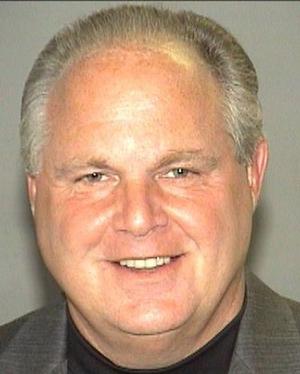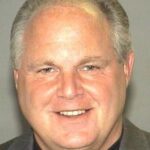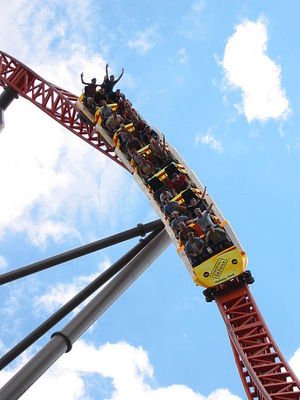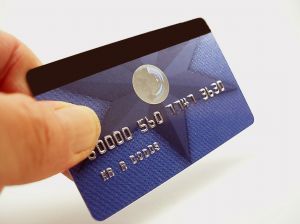Almost certainly you have heard of trickle-down economics. It is an economic theory promoted by people like Rush Limbaugh, even today, due to the current stagnant economy. The basic argument for the trickle-down economics is this: when tax cuts and supplementary pay are provided to the owners of large companies for new job creation, then the created jobs should lower unemployment, increase cash flow, and boost the economy. The money would “trickle down” from the wealthy and to the new job holders. It sounds nice, because it makes sense. Things trickle down, like water on leaves or people on roofs (Maybe “trickle” is the wrong word for people on roofs, but you get the point. They fall down. Why would cash flow be any different?
As an added bonus, only the people who take the newly created jobs would get the money, as opposed to those pesky loafers that want to sit around all day and draw unemployment. This plan gets better and better, right? No one likes loafers – no, not even the shoes. There is only one problem with this trickle down thing – it doesn’t work.
The Trickle-down economic theory first came to fruition in America after WWI and later in an effort to stave off America’s Great Depression (1). To call it a failure would be an understatement. One could assume that the implementation of the plan by presidents Harding and Hoover didn’t effect anything. Perhaps it was simply too late for the stock market and depression was inevitable (1). However, closer inspection of Trickle-down economics shows the inherent flaw in the design. In a capitalist society, money doesn’t trickle down. It trickles up.
I know; it isn’t catchy. Maybe that is why you don’t hear about it much. Still, that is what money does. Nearly every single time you make a purchase, your money begins its trickle up. A percentage of your money pays for the materials that make up your purchase: food, wood or metal. Some money goes to the people that put your purchase together, harvesters or builders. Another portion pays the managers of the company. Finally, a small percentage goes to the company owner. So, what? It is only a small percentage going to each link in the chain. Except, it must be remembered, each person in the chain, whether harvester, builder or manager, will likely need or want the same products as you. So their percentage of your money will eventually “trickle” up the chain also. It repeats and repeats for each purchase, with excess profits eventually stopping at one person, the owner of the company.
Obviously, no one spends all their money on one product. Nevertheless, the chain still applies. All money filters up to one group, the owners of the biggest companies. Even the less wealthy owners of small companies invariably spend most of their profits on the products of bigger companies. This pools 43% of all wealth assets at the very top 1% of our society. (3) The percentages become more remarkable at the .1% and .01%.
More still, since everything you buy filters up to a company owner over time, any money that the company owner doesn’t already control might as well be thought of as loaned out until it is spent. This idea isn’t intended to be frightening. The process actually works pretty well most of the time. However, when Trickle-down economics is implemented, the wealthy company owners invest less of their own money to pay their employees, thanks to government assistance through heavier taxes on middle and upper-middle classes. Middle class members actually begin to pay for some of their own salaries. Yet, the money being spent continues to filter up to the wealthy owners. The economic cycle is shortened and sped up. It pushes the money to the top faster and lessens the amount of goods that the lower and middle classes can purchase before the money gets back to the top of the economic pyramid. In short, money becomes more restricted to the upper class and that is bad for the economy.
The contrary theory, which might as well be called trickle-up economics, taxes the wealthy multimillion dollar company owners and sends the money to the lower and middle classes. This stimulates the economy. Lower class spending moves back up the chain, as long as the wealthy provide products for the lower classes to buy (which causes job sustainment and creation). If for some reason the company owner doesn’t provide products or services worth buying, it leaves the potential for an entrepreneur to take advantage of the sales market opening with his or her own new product and jobs. This may sound unfair. However, as long as the wealthy continue to provide products worth purchasing, any taxed money from the wealthy will eventually find its way back to them, all while increasing the standard of living for everyone else. That is the bases of good capitalism.






